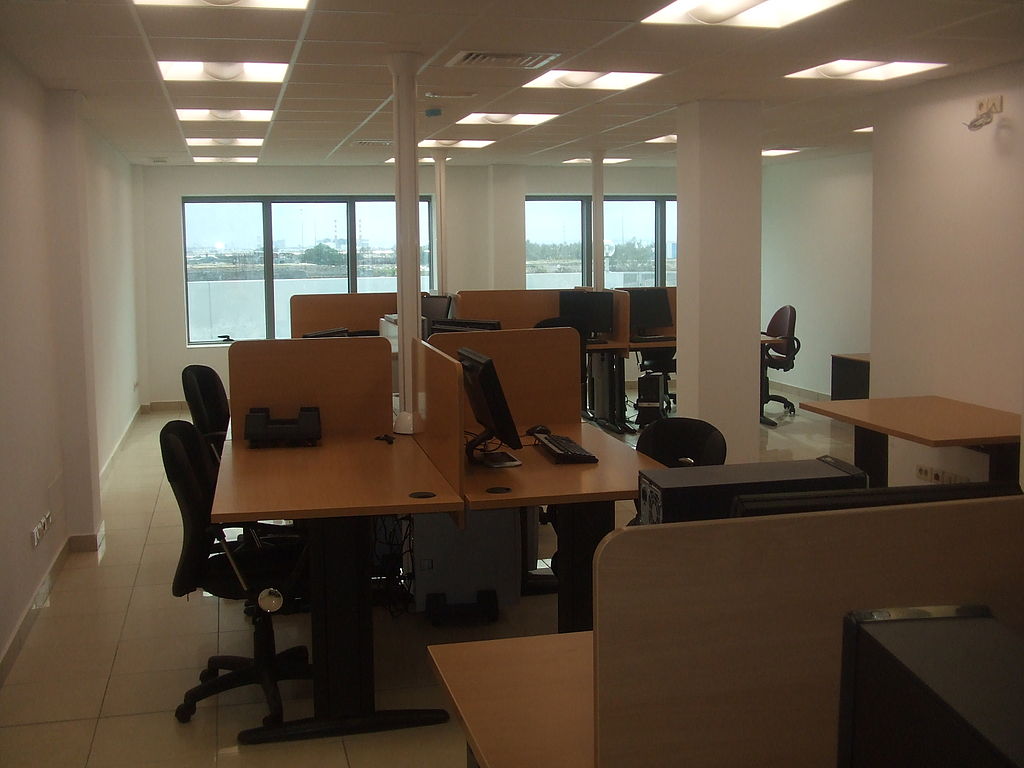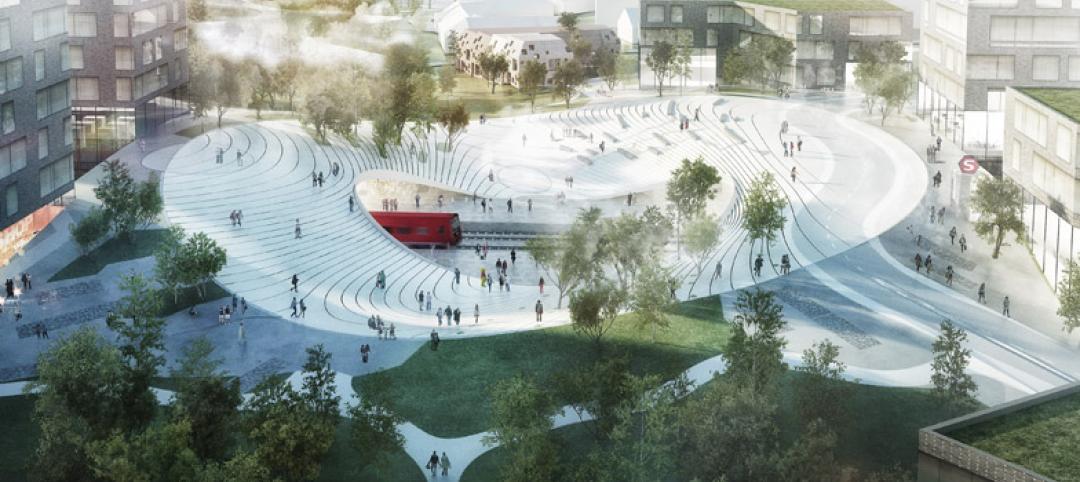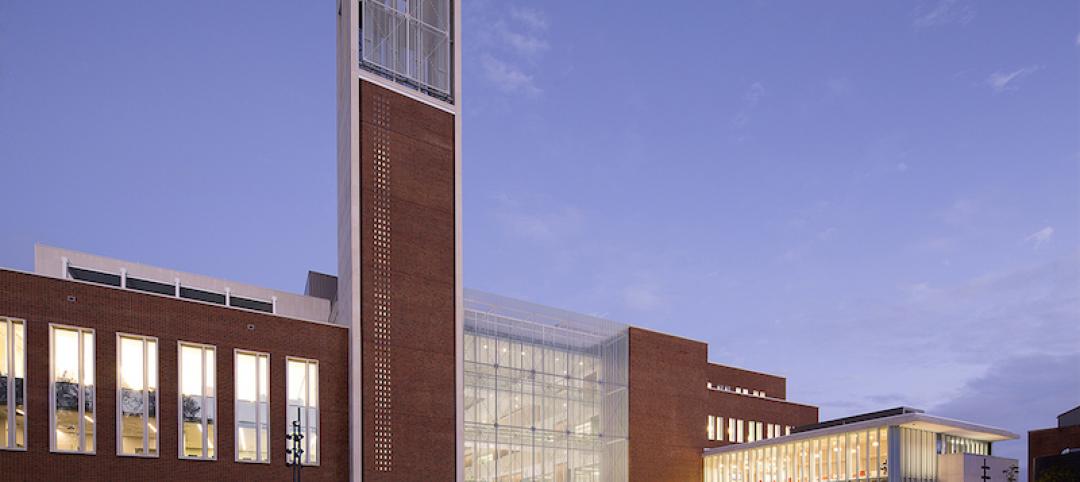Without cookie cutter cubicle rows or coveted corner offices, today’s contemporary workspaces allow employees to collaborate in ways they could have never dreamed of just a decade ago. But, this open work environment also brings its own set of challenges, namely the ability to get online securely and high speed robust wireless networks are now leading the charge.
The open work environment has allowed owners to house more employees in smaller spaces, minimizing the required real estate and capital costs. But, what about all of their wireless devices? If each member of a 500-person staff brings an iPad, a smartphone and a laptop to their office on a daily basis, how can they all get safe and secure online access when needed?
Here are seven ways to enhance workplace mobility:
1. Understand your client’s business. First and foremost, understanding how the company operates on a daily basis, including their corporate culture will determine how the mobility and collaboration spaces are designed from a wireless perspective. For example, a law firm or government agency whose client privacy is a number one priority may require different wire-less availability and security, which may differ from that of a more collaborative market such as a technology company or design firm.
2. Engage IT early. If IT is engaged early in the design process, it will ensure the network platforms are strong, robust and secure enough to support the user’s needs, allowing them to bring in their own wireless devices. Some questions to ask internally include: Does your company have an overall wireless device strategy in place? What is the company policy for employees to bring their own devices into the office? How will the company balance personal and business use of the wireless devices?
3. More wireless infrastructure. An open workspace may require more wireless access points to ensure robust network access and reliability for all. Both functionally and architecturally, the wireless design team will need to understand the architectural elements of the space to ensure strong connectivity for all employees. Is there a ceiling? How is the ceiling constructed? What is above the ceiling? Ductwork and other building infrastructure elements typically found above an office ceiling can interfere with the propagation of signals from wireless access points and hinder the overall effectiveness of the wireless network. Again, engaging the IT team with the consultants and architect early on will ensure proper coordination and that the right quantity of access points are specified in the right locations.
4. Integrate AV when possible. Sending a wireless digital signal to a display in an open work area could make all the difference in successful collaboration. While not every building owner or operator will want to invest in AV infrastructure from day one, specifying the requirements for a base AV wireless infrastructure will allow AV equipment to be added later with little or no infrastructure expense or major disruption.
5. Understand the layout of collaboration spaces. Make sure that the collaboration spaces and wireless access points you’re designing fit well with the intended office floor plan. Which groups within the company will be situated near the collaboration spaces? Will private areas be located nearby? Where will the IT department be located? Will any departments require additional local wireless access points? Where needed, sound masking can be employed to help subdue the noise from a collaboration space for those working in private offices
6. Even wireless is wired. Wireless infrastructure still requires wires. Access Points (APs) that propagate the wireless signals are connected to and powered by the local area network via regular infrastructure cabling. Also, it is still good and common practice to implement a compliment of a wired infrastructure to cater to devices that are not WiFi enabled and to address some user’s reliability and security concerns that still accompany a wireless network. While this will undoubtedly change, as wireless speeds and security have made tremendous strides over the last few years, most owners still want the comfort of a base wired infrastructure.
7. Coordinate telecom rooms and pathways. Whether the office is open, closed, collaborative or non-collaborative, telecom rooms still require proper size and placement. Working together, the IT consultant and architect will need to determine the architectural layout, distance limitations, density of wireless and wired infrastructure in order to meet the requirements of the telecom rooms and their pathways. Ensuring that the pathways for wiring are well coordinated, especially with today’s common open ceiling office look, is critical. How are the wires from the end devices, including to the wireless access points, getting to the telecom room? Keeping the office aesthetically pleasing while still maintaining the integrity of the wires will take some creative engineering and proper coordination with all trades.
Conclusion
As wireless/mobile technologies continues to advance and the open workspace evolves over time, a company that develops formal IT policies, coordinates between the disciplines early on in the design process and considers their corporate layout and future IT requirements will be the company that meets the wireless needs of both its employees and clients down the road.
About the Author
John Passanante, PE, RCDD, is a Senior Vice President with Syska Hennessy Group, New York
Related Stories
| Oct 20, 2014
Singapore Sports Hub claims world's largest free-spanning dome
The retractable roof, which measures a whopping 1,017-feet across, is made from translucent ETFE plastic panels supported with metal rigging that arches over the main pitch.
| Oct 20, 2014
Institute for young innovators breaks ground at the University of Utah
The five-story, 148,000-sf building is designed to function like a student union for entrepreneurs and innovators, with a 20,000-sf “garage” that will be open for any student to attend events, build prototypes, and launch companies.
| Oct 20, 2014
UK's best new building: Everyman Theatre wins RIBA Stirling Prize 2014
The new Everyman Theatre in Liverpool by Haworth Tompkins has won the coveted RIBA Stirling Prize 2014 for the best building of the year. Now in its 19th year, the RIBA Stirling Prize is the UK’s most prestigious architecture prize.
Sponsored | | Oct 19, 2014
The Exploration Tower in Port Canaveral dazzles visitors
With a mission to provide the experience of a lifetime, the Exploration Tower at Port Canaveral, Fla., is designed to inspire, as visitors learn about the history and nature of the port and beyond. SPONSORED CONTENT
Sponsored | | Oct 19, 2014
What to do if your team is in a rut
Another brainstorming session, another slew of tired ideas. How can you push your team to be more creative and bring in new perspectives? SPONSORED CONTENT
| Oct 19, 2014
White House Visitor Center reopens in Washington, D.C.
Designed by SmithGroupJJR and Gallagher & Associates, renovated center shows public its unique role as office, stage, museum, park, and home.
| Oct 16, 2014
Must see: Illustrator interprets iconic windows concocted by renowned architects
Graphic designer Federico Babina has made a name for himself when it comes to art inspired by architecture, or more accurately, art inspired by architecture that's inspired by other forms of art.
| Oct 16, 2014
Henning Larsen Architects to design train station for planned Danish town
Danish firm Henning Larsen Architects won Frederikssung municipality’s architecture competition for a regional train station in the planned city of Vinge—Denmark’s largest urban development.
| Oct 16, 2014
Report: How to keep public libraries relevant in a digital age
Public libraries will avoid being relegated to the scrap heap of history in a digital age as long as they continue to serve as platforms for learning, creativity, and innovation that strengthen their communities, according to a new Aspen Institute report.
Sponsored | | Oct 16, 2014
Drilling deeper: The booming Bakken Shale region
The Bakken Shale region, which spans from central North Dakota to the northeastern corner of Montana, is rapidly growing as a result of the oil and gas boom. SPONSORED CONTENT

















